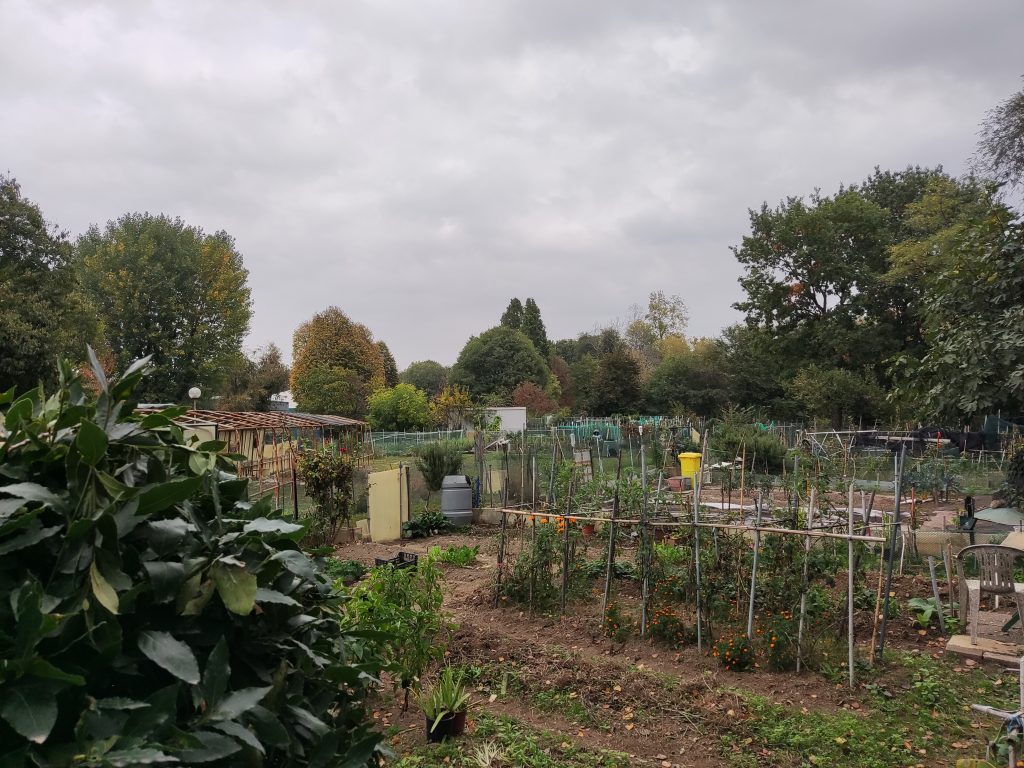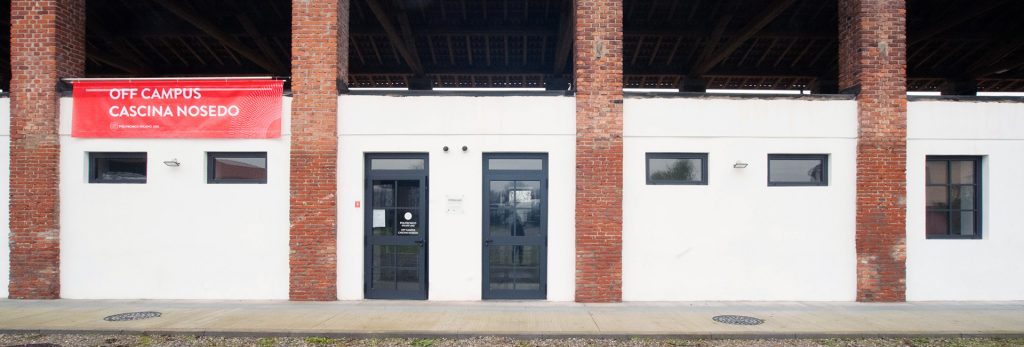
In 2023, the Polisocial Awards contest (to find out what it is about, see (here) identified and selected five research projects to be funded with the 5x1000 Irpef donations, thanks to all the Alumni who decided to allocate them to Politecnico di Milano.
The researchers started in November and will work for 15 months to frame situations of gap and need in certain neighbourhoods of the city of Milan. At Politecnico, the 5x1000 contributions are usually invested in projects which can be implemented in the short term while aiming to be replicable and have an effect in the long term; they are generally case studies that concretise solutions studied in larger projects and allow students and researchers to put into practice what they have learnt.
Within the municipal area, the southeastern part of Milan emerges as one of the most problematic. Situations of economic, social, housing and educational fragility coexist there. Furthermore, it still features a pronounced dichotomy between the intensively built-up urban fabric and the countryside (where large agricultural fields supporting local farmsteads still prevail). This is where almost all of the city's agricultural land is located, mainly for the production of rice, corn and wheat, as well as the highest density of urban vegetable gardens (for example, in zone 5 there are 66 acknowledged and registered vegetable gardens covering an area of approximately 2,600 square metres).
The district between Corvetto, Porto di Mare and Chiaravalle, which surrounds Cascina Nosedo, home to one of the Off Campuses of Politecnico di Milano, is a perfect representation of this reality. Currently undergoing major decommissioning and demolition, from the the local circular economy perspective this area gives an opportunity to mend these two souls of the city by offering support to one of the most vulnerable brackets of the population. With BIOLOOP, researchers focus on the development of methods, materials and devices for agricultural production on land integrated into the built environment; on sustainable distribution; on mapping the relationships between local stakeholders; and on the creation of a 'resource material library'. The direct objective is related to supplementing the income of residents and reducing food poverty.


